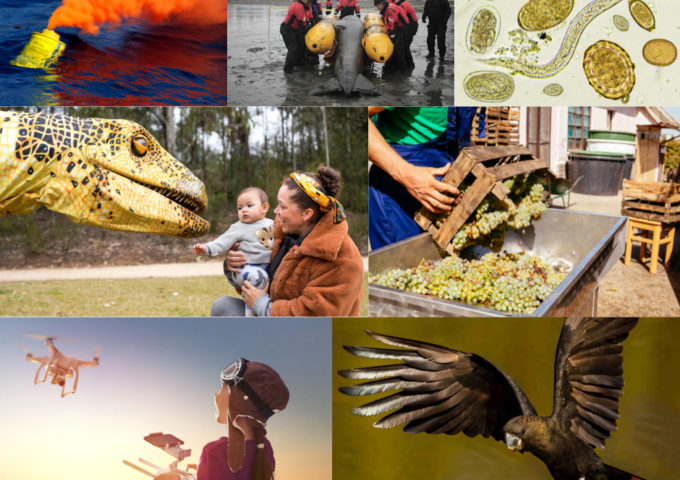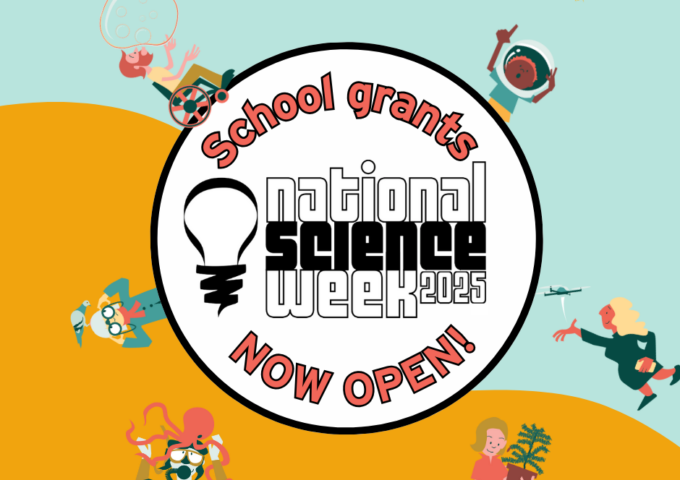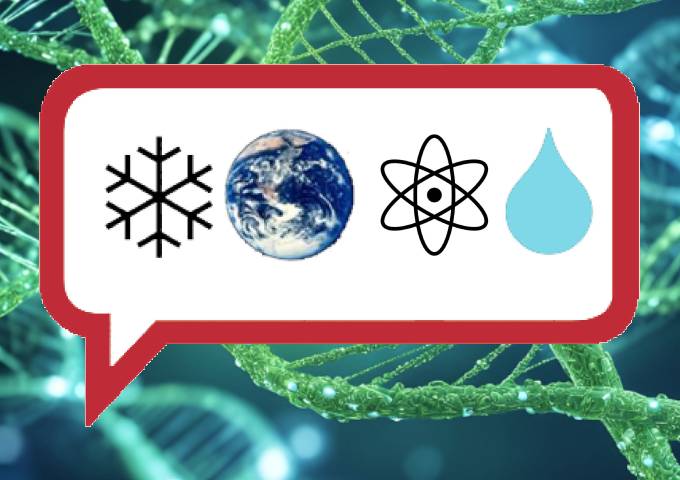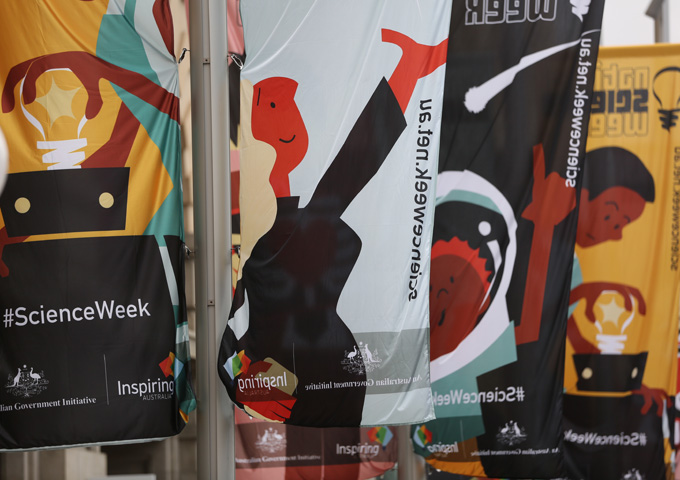
There’s something of a science to capturing attention and eliciting an emotional response from audiences, pushing them to the point of FOMO (fear of missing out) before doors open.
It’s called the Picture Superiority Effect or dual coding theory. Put simply, quality images – like first impressions – matter. And, when paired with purposeful text (see ‘Tips for writing a great event description’), are far more memorable than words alone.
Humans, after all, are visual creatures. Our brains love images and process them in ‘as little as 13 milliseconds’, according to an MIT study.
But not all images are powerful or useable – and pairing an unsuitable, poor-quality or irrelevant image with a winning event description, social post or media release, may unintentionally hamper success.
How to harness attention-grabbing images for all the right reasons
Here is our guide to choosing images for your event registration and/or providing to media to promote your event.
Don’t fall into the trap of letting images become an afterthought
Images are the entry point to your event and should immediately spark curiosity and help set tone and purpose. Think about images when writing your event description, instead of scrambling to find something at the last minute.
Here are 6 examples from past events: meet a dinosaur at Science in the Swamp at Centennial Park in Sydney, Nitro Nat performing at Science Alive!, a Southern boobook owl – one of the ‘voices’ of ABC’s 2021 Hoot Detective project, First Nations scientists and artists in ‘Celestial Emu’, ‘Cryptic Wonders’ – a slime mould photography and specimen exhibition, and Aussie astronaut Katherine Bennell-Pegg.
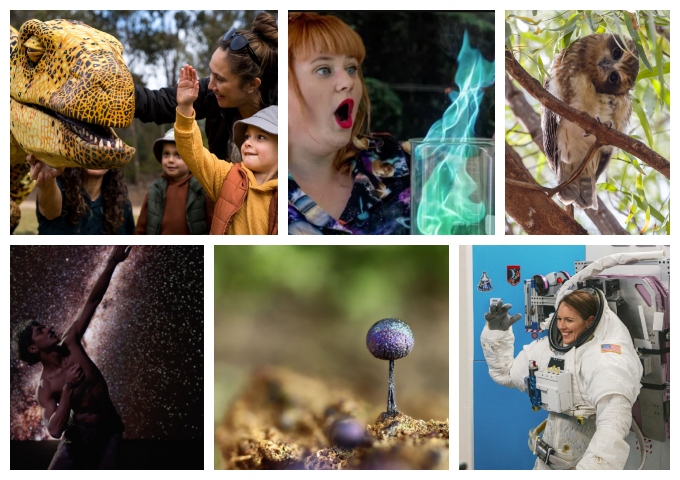
Create a selection of images that capture what you want people to feel/experience
Ideally, you will have access to images from previous, similar events.
Strive for originality and authenticity.
Stock photos (from various sources/agencies, whether free or purchased) should be used as a secondary option to original photos. To note, media (outside of event listings) will be unlikely to accept a stock image with a story.
Guaranteed: busy journalists will also thank you if they have the option to choose from a selection of half a dozen photos (including those not used elsewhere).
Not all images are equal
Images should engage people emotionally. Collect images of individuals or small groups, as well as wide/panoramic shots (especially if you want to showcase the footprint/size of your event or surrounding location).
Avoid images that fail to capture faces in full frame or show neutral expressions. Instead, focus on human interaction and moments showing desired emotions like joy, surprise, curiosity, awe, wonder.
Images of crowds can work well, but only if they clearly capture people involved in an event activity, showing relevance to topic.
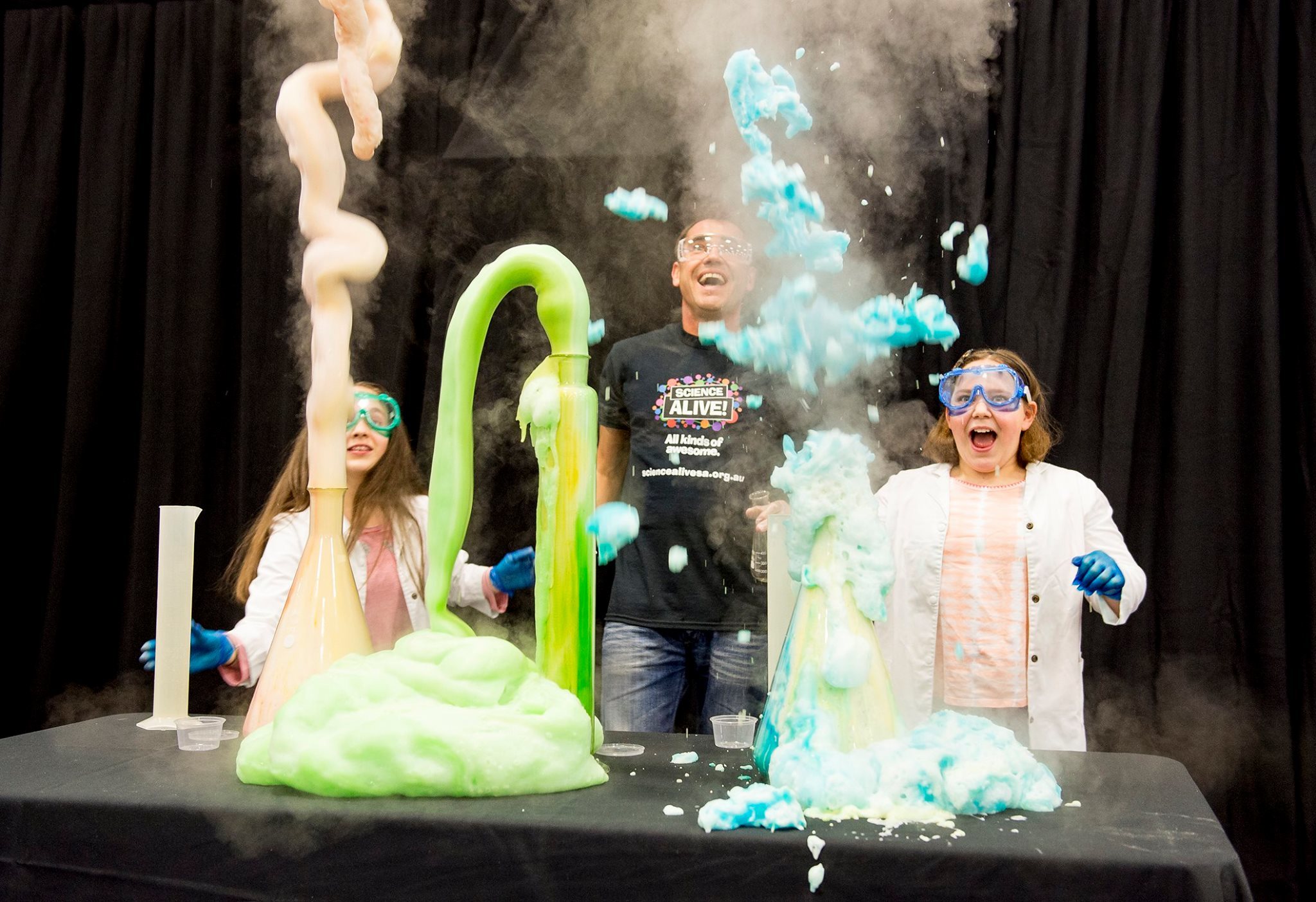
Images of children involved in science activities are always popular and close-up images of objects featured in science experiments/activities can be useful.
Keep it simple
Avoid abstract images unless there’s a good reason related to your event topic.
Don’t try to cram everything into one image. Hint: logos aren’t interesting and shouldn’t be added to an image via Photoshop/Canva or squeezed into framing.
Avoid background clutter. A signpost or event banner sticking out from behind a person/subject only detracts from a photo’s impact.
Don’t use:
- promotional poster artwork created for the event, but shrunk to a thumbnail size, with text that is visible but illegible
- (similarly) a slide from a presentation shrunk to thumbnail size
- an image crowded with supporter logos but little meaning or visual appeal (an exception might be NASA)
Diversity and inclusion
Capture images that authentically reflect diversity and represent different community groups. See helpful tips from La Trobe University: https://latrobe.libguides.com/c.php?g=443119&p=6862227
Size and quality matter
Media will welcome images in JPEG format, with a file size between 200 KB and 1 MB. Generally, you’ll only need to provide larger sizes for full page images or banners.
Rights and permissions
Only use images that you own or have obtained permission from the copyright holder and (if relevant) people in the image. This is particularly important for images of children. See Australian Institute of Family Studies fact sheet.
Tip: search for Creative Commons (CC) photos, which provide a clear, legal framework for free use/sharing of licensed photos (for example on platforms like Flickr, Unsplash, Pixabay or the Creative Commons search portal (https://search.creativecommons.org/).
Accessibility
Include Alt text (alternative text) with photos used digitally/online. Alt text refers to a brief description of images, icons, graphics, videos and other visuals that can be read by assistive technologies such as screen readers, ensuring accessibility for people with visual impairment.
Alt text can also improve search engine optimisation (SEO) by providing context to images. See helpful tips from Harvard University: https://accessibility.huit.harvard.edu/describe-content-images
And finally… images can get you media coverage!
An outstanding image can impact how media stories are used or ‘placed’. Here’s some examples of image-led stories from past National Science Week events.
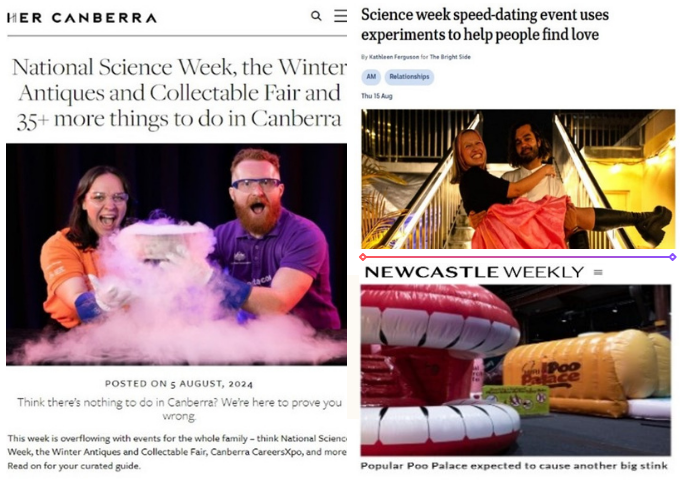
Many newspapers provide submission forms or email addresses to submit photos for print and digital editions. For example, Herald Sun https://www.heraldsun.com.au/help/photo-submit or The Daily Telegraph https://www.dailytelegraph.com.au/help/photo-submit
And the ABC publishes a ‘Picture of the Week’ gallery, inviting photo submissions via https://www.abc.net.au/news/abcmyphoto
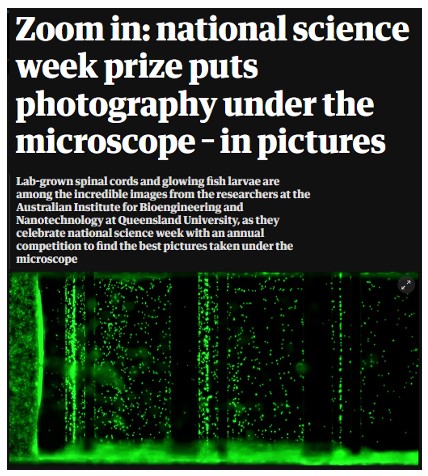 Photos also rank highly on the agenda of ‘Editor’s Picks’. The Guardian newspaper provides a good example: https://www.theguardian.com/news/series/ten-best-photographs-of-the-day. The Guardian also publishes themed photo-galleries, such as the Australian Institute for Bioengineering and Nanotechnology’s annual Science Week microscope image photography competition or Beaker Street’s science photography prize finalists. Many other online news sites publish similar photo galleries.
Photos also rank highly on the agenda of ‘Editor’s Picks’. The Guardian newspaper provides a good example: https://www.theguardian.com/news/series/ten-best-photographs-of-the-day. The Guardian also publishes themed photo-galleries, such as the Australian Institute for Bioengineering and Nanotechnology’s annual Science Week microscope image photography competition or Beaker Street’s science photography prize finalists. Many other online news sites publish similar photo galleries.




